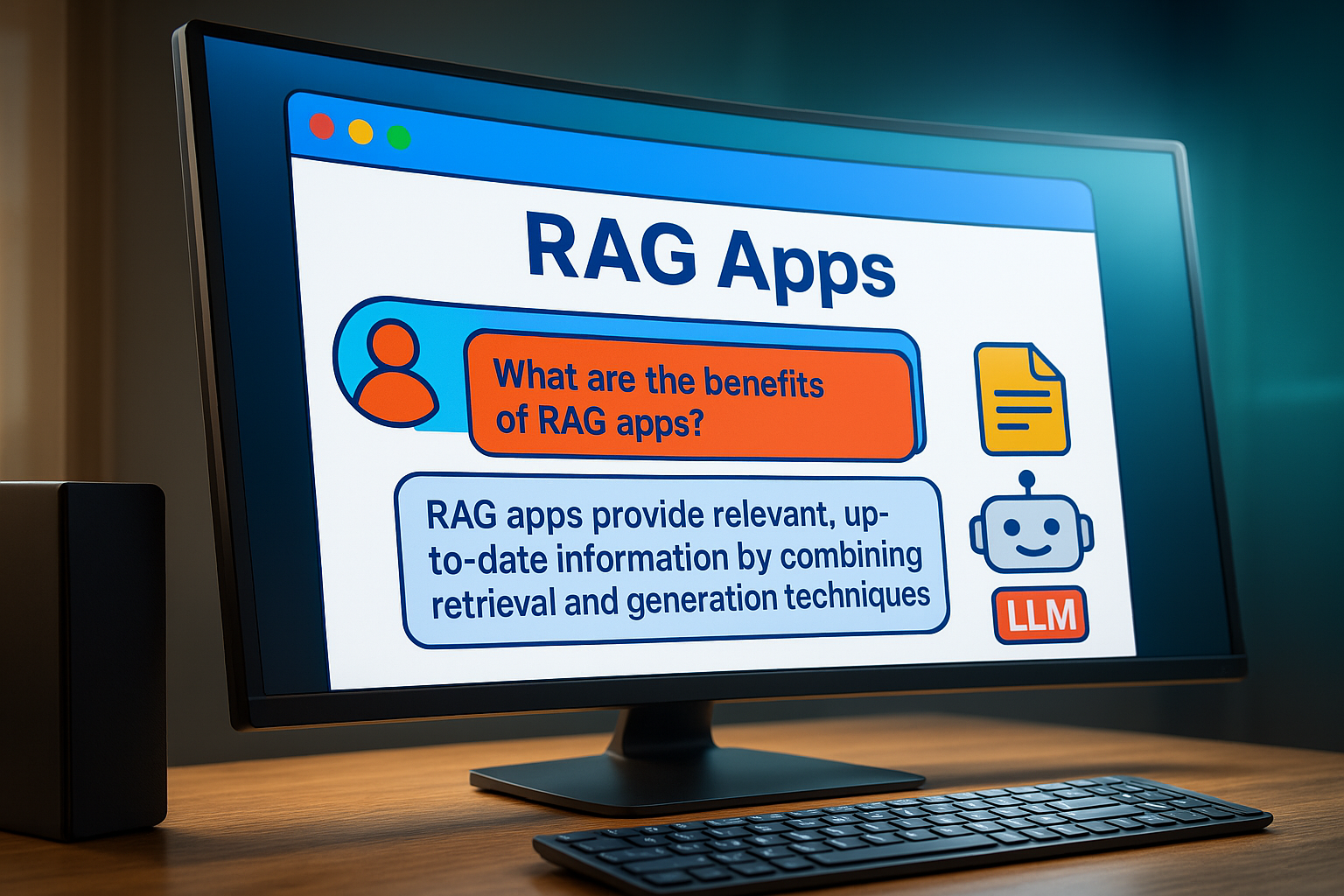Visualization Analysis
Our visualizations and exploratory analysis provide instant clarity, enabling you to make faster, data-driven decisions, measure the customers loyalty to your brand and develop full-blown marketing campaigns. Let your data speak to you visually.

📊 What is Visualization Analysis?
Visualization analysis, also known as exploratory data visualization, refers to the process of using visual representations, such as charts, graphs and interactive dashboards, to explore, analyze, and gain insights from data. It involves transforming complex datasets into visual formats that are easily understandable and allow for the identification of patterns, trends, correlations, outliers, and other meaningful information.
🏪 Why is Visualization Analysis important for my Business?
📊 Traditional vs Algorithmic Segmentation
Traditional heuristic segmentation of customers, based on their purchase history, is commonly used by marketers to assign them into different tier categories (e.g. gold, silver, bronze) which gives a measure of their loyalty to the brand. This is also known as a one-dimensional segmentation, that is, it only takes one characteristic of the customer to categorize him and which can be inefficient on the long term. With our AI algorithms we can categorize your customers with a multi-dimensional segmentation (a.k.a algorithmic segmentation), that is, we take into account many more parameters that characterize your customers behaviour and have a bulls-eye loyalty measure to develop a full-blown marketing campaign.










